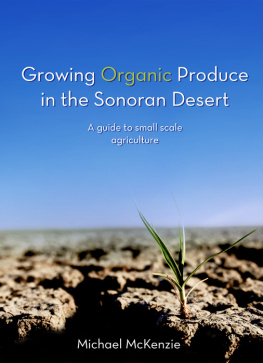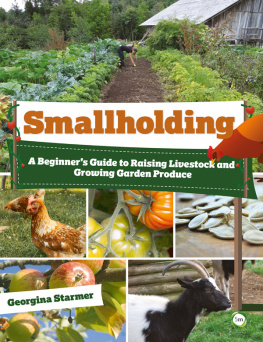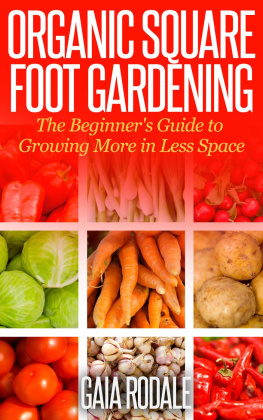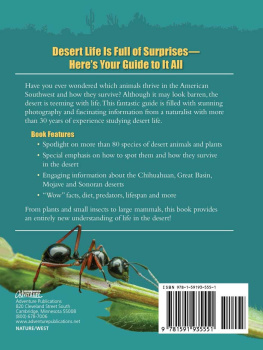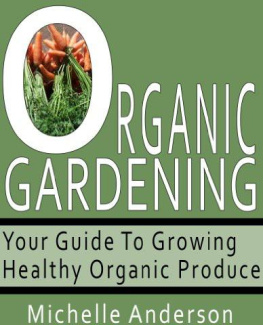
Copyright2013 by Michael McKenzie
All rights Reserved
Cover image: Lauren McKenzie
Manufactured in the United States
ISBN: 9781483530451
Notice: The information in this book is true and complete to the best of my knowledge. It is offered without guarantee on the part of the author. The author disclaims all liability in connection with the use of this book. Crop production is subject to uncontrollable influences and results will vary.
All rights reserved. No part of this book may be reproduced or transmitted in any form whatsoever without prior written permission from the published except in the brief case quotations embodied in critical articles and reviews.
Genesis 1:11-12 And God said, Let the earth bring forth grass, the herb yielding seed, and the fruit tree yielding fruit after his kind, whose seed is in itself, upon the earth: and it was so.
Genesis 1:29-31 Behold, I have given you every herb bearing seed, which is upon all the face of the earth, and every tree, in the which is the fruit of a tree yielding seed; to you it shall be for meat. And to every beast of the earth, and to every fowl of the air, and to everything that creeps upon the earth, wherein there is life, I have given every green herb for meat: and it was so. And God saw every thing that He had made, and, behold, it was very good.
Introduction
God did not supply us with a host of chemical applications to help us grow. It is engineering or mans manipulation of created things to develop a new purpose, but not always for the best. There is a place for chemical engineering and genetically modified production to build resistance to drought, disease or pests. However, I do not believe that the place for genetically modified or chemically treated foods is in our bodies.
After years of personal investigation and conversations about small scale farming in Arizona deserts with large scale commodity producers, I have found only limited, high level, and general information about practical application. In an effort to share the knowledge that I have gained by trial and error, by reading, and by personal experience, I have compiled the information in this book. It is my hope that you will find this information helpful, whether youre pursuing your dream of small scale production, growing a garden to feed your family, or impacting your community with a garden. If small scale production is not your intended goal, it is my wish that you would reach out in support of small scale farms by joining their Community Supported Agriculture (CSA) programs. Seek out their products specifically at farmers markets to supplement your home garden and include them in your meal plans. That single effort will drive and encourage these folks who grow locally to make a difference in their community. As the spirit of co-operation among small scale producers and farmers markets continue in Arizona, we can reduce the food deserts in our community in support of local certified organic production, and educate those who desire to give back to the community in this way.
Table of Contents:
Choosing your growing area and your plot size
When determining your plot size and layout, there are a few things to consider:
- How many people do you plan to feed?
- If you are going to sell your product at farmers markets, what are your financial goals?
- How much sun/shade does your plot get? For example, winter produce will need full sun during the winter months.
- How you will irrigate or water the plot?
If you are going to feed a family of four throughout the season or just supplement your food budget, a small area in your back yard 20 feet by 20 feet will be sufficient.
Raised beds are a great way to utilize the area if you are in an open space that is not sufficiently fenced to protect from rabbits, rodents or pets. It will also save your back and knees from excessive bending and kneeling.
I learned from experience that a double seed row running east and west will be subjected to a temperature differential in your row on the north seed line. Due to the scale and position of our irrigation canals at the time, this was unavoidable. We have since corrected the issue and are seeing great results with our crop rows running north and south.
Taking a quick survey of your backyard in the 10 oclock and 2 oclock hours will help as you begin flagging shady areas with stakes to avoid planting in those areas. These flagged areas will be useful when planting summer citrus or other plants in need of shade.
For those of you who are considering marketing your produce, I would suggest a plot size of 1 acre minimum to start due to the work and costs involved. Due to the labor, equipment and amendments that you will need to bring your soil back to a healthy, productive, living part of your project, anything smaller would not be cost effective. If you are going to market your produce at a local farmers market, one thing you should consider is the cost of your operation and the benefits of organic certification. There will be more on this in the to certified or not to certify section later.
The area should be well fenced with a minimum height of 5 feet high fence buried 6 inches in the ground. Because you are restricted by your physical labor and equipment availability, any damage to your field by stray or wild animals will cost you dearly. Insect suppression is another reason small scale producers can suffer significant loss due to the labor involved to control pests in a short time period.
Your irrigation method will determine the crop row width that you will use. If you are like me and have district supplied irrigation water that you can schedule and control, you will be ahead of the curve. For those of you on city supplied water, you will be limited by volume and cost from a spigot and will be forced to add the cost of a drip system. Seed spacing and configuration is crop specific and will be given or explained on your seed package. Plant produce varieties according to the seed vendors instructions when it comes to depth and separation. The planting dates and times will be very different in the Sonoran desert.

Trellising and fencing of ornamentals as a companion plants can be of good use for pest management.
Photo courtesy of The Avocado Nursery Casa Grande, AZ
Master Gardener Program
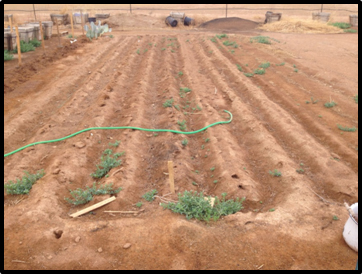
Small crop rows and utilizing a drip tape irrigation system conserves water and allows for timed water applications at optimal intervals.
Photo courtesy of The Avocado Nursery Casa Grande, AZ

The flats shown are not just strewn about, but are utilized to protect young plants against pests.
Photo courtesy of The Avocado Nursery Casa Grande, AZ
Master Gardener Program
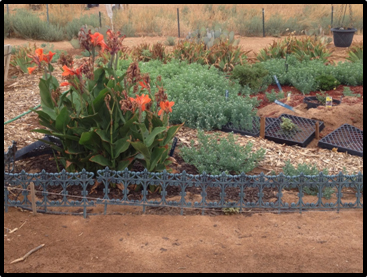
Bark or mulch is used to discourage weed pressure and conserve water in the walking areas of your garden.
Photo courtesy of The Avocado Nursery Casa Grande, AZ
Next page
